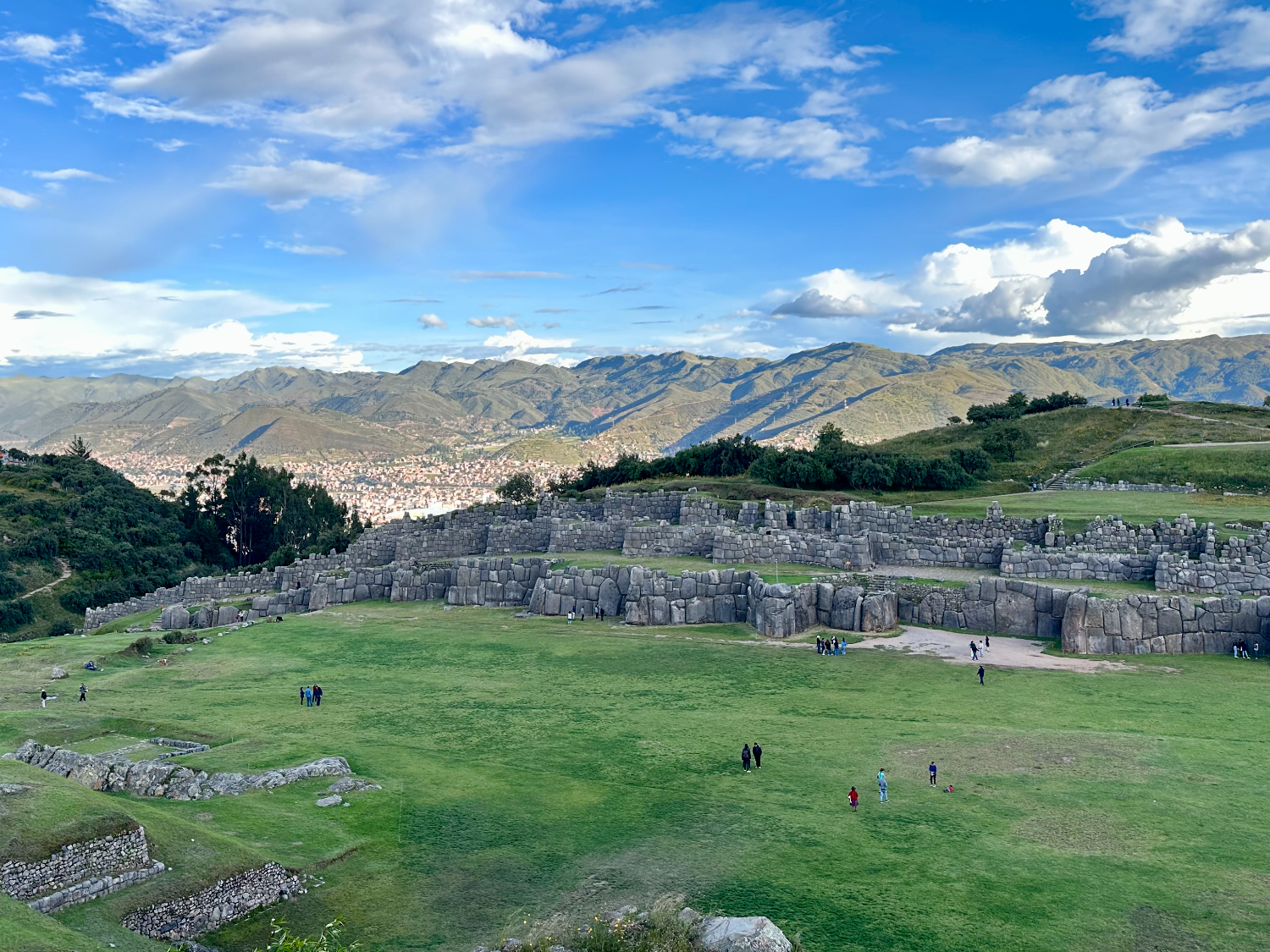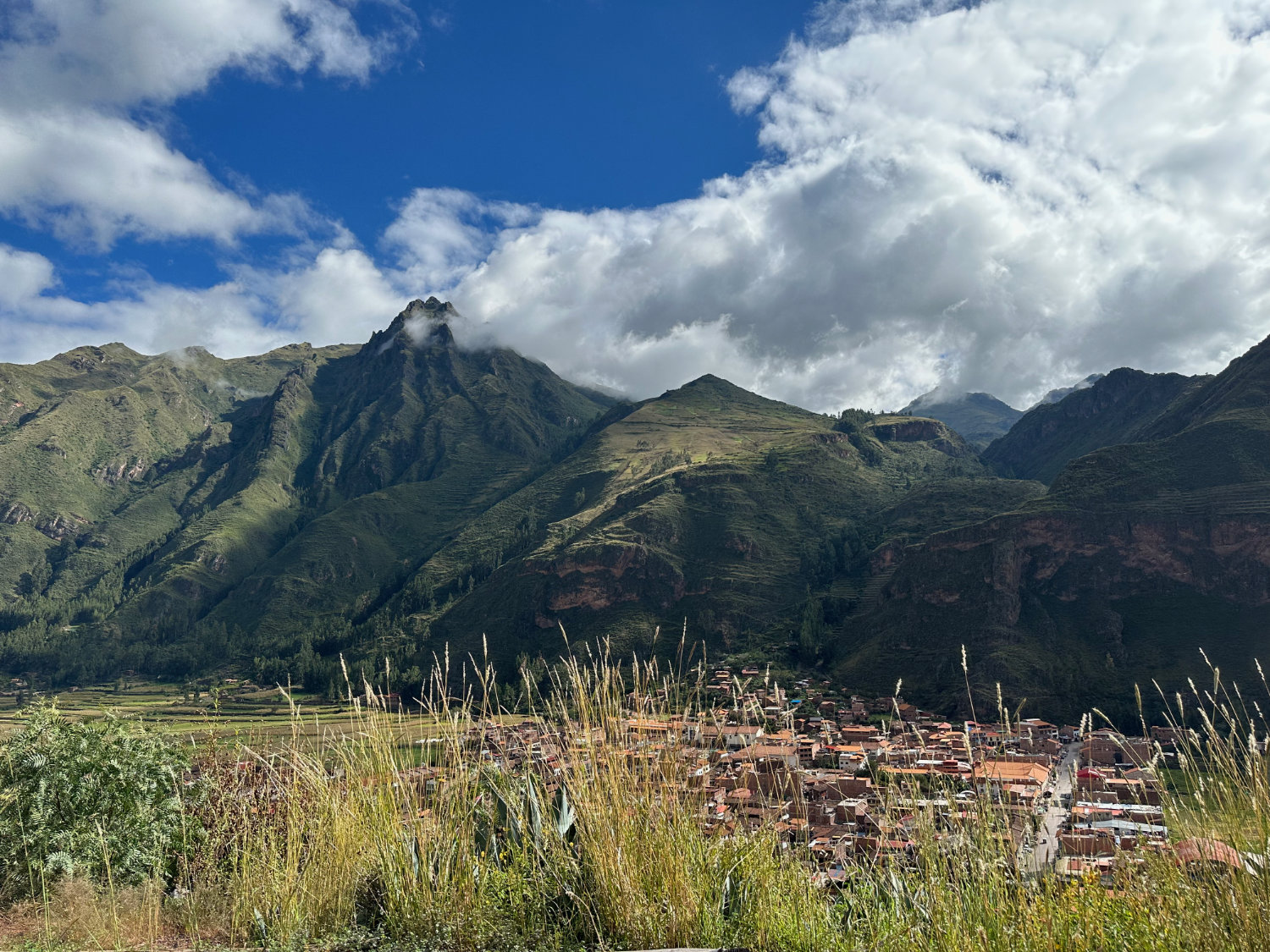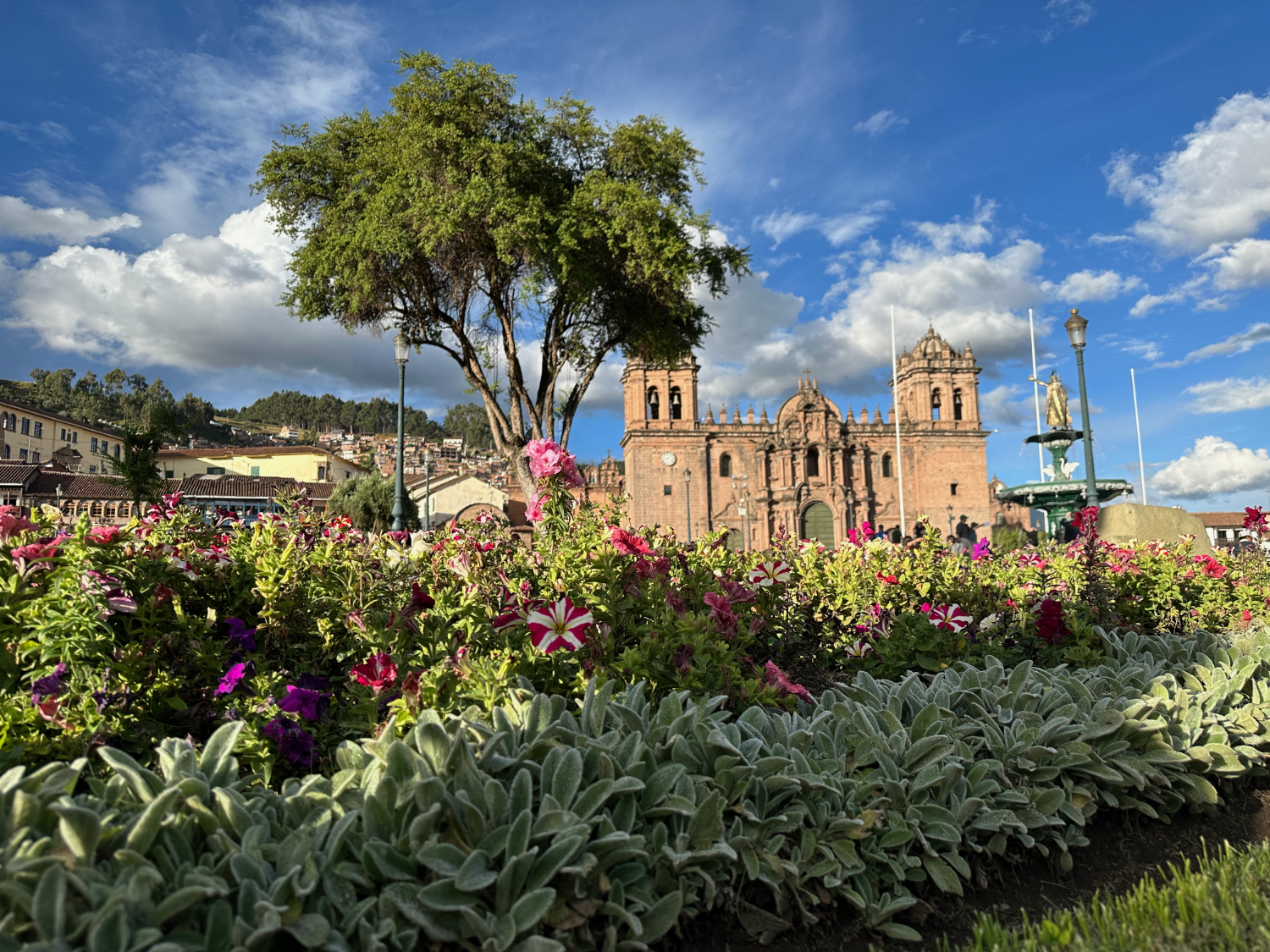Sacsayhuamán Fortress: Exploring Cusco’s Ancient Marvel
Region: South America
Country: Peru
As a travel blogger constantly on the lookout for destinations rich in history and culture, I recently journeyed to Sacsayhuaman, an awe-inspiring archeological site poised on the outskirts of Cusco , Peru. Nestled in the heart of the Andes, this Incan fortress is a testament to the architectural prowess and enigmatic past of the ancient Incan civilization.
A Journey Back in Time: The History of Sacsayhuaman
Sacsayhuaman, often pronounced as “sexy-woman” by tourists, holds a pivotal place in Inca history. Historians believe it was built by the Incas in the 15th century under the reign of Pachacuti Inca Yupanqui, the founder of the Inca Empire. The fortress served both military and ceremonial purposes and is famed for its impressive stonework.
The stones used in Sacsayhuaman are among the largest used in any building in prehispanic America. They are so closely spaced that a single piece of paper will not fit between many of the stones. This precision, combined with the rounded corners of the blocks, the variety of their interlocking shapes, and the way the walls lean inward, has puzzled scientists for decades.
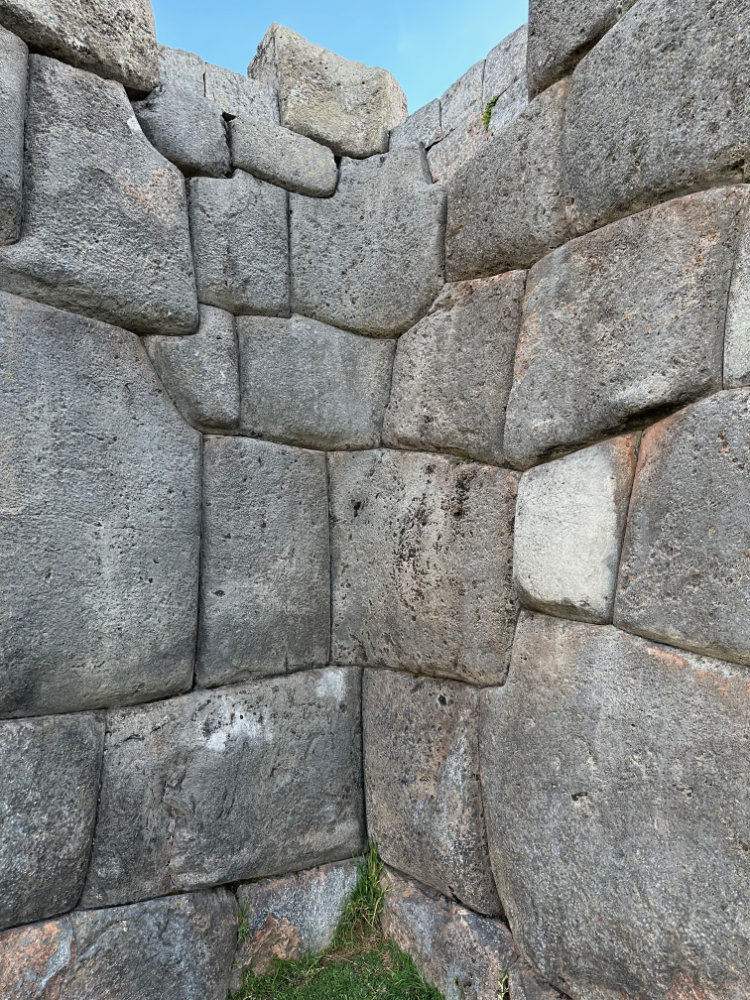
Architectural Marvel: The Design and Structure
As you approach the site, the grandeur of the fortress is immediately evident. It’s made up of three large terraces, which overlap in a zigzag pattern and are connected by limestone walls measuring up to 18 feet in thickness. Walking along these walls, one can’t help but marvel at the engineering skills of the Incas, who managed to fit each massive stone perfectly without the use of mortar.
The purpose of the zigzag walls is still a matter of speculation. Some believe they were designed to mimic the teeth of a puma, a sacred animal in Incan mythology, with Sacsayhuaman forming the head and Cusco city—the puma’s body. Others suggest a more practical military purpose, providing a strategic vantage point to fend off invaders.
Immersing in the Culture: The Inti Raymi Festival
Sacsayhuaman is not only a hub for historical exploration but also a vibrant centre of cultural celebration. If you visit Cusco during the winter solstice (late June), you’ll have the unique opportunity to witness the Inti Raymi or the Festival of the Sun. This ancient Inca festival, reinstated in 1944, gathers thousands of locals and tourists who flock to Sacsayhuaman to enjoy theatrical presentations, traditional music, and dancing, all dedicated to the Sun God, Inti.
The Charming Residents: Llamas and Alpacas
While exploring Sacsayhuaman, one of the delightful and unexpected highlights is encountering its charming residents—the llamas and alpacas that freely roam the complex. These friendly and curious creatures are not just a delight for photographers but also play a significant role in the cultural heritage of the Andes.
Llamas and alpacas are both part of the camelid family and have been domesticated by the people of the Andes for thousands of years. Historically, they were crucial to the Inca economy, providing not only warm wool but also serving as pack animals. Today, they continue to be a symbol of Andean culture and a vital asset to the local communities.
As you meander through the terraces and stone structures of Sacsayhuaman, it’s not uncommon to see these animals grazing or calmly sitting with a panoramic view of Cusco beneath them. They are accustomed to humans and might even approach if you’re calm and quiet, offering a perfect opportunity for an up-close encounter. Just remember to respect their space and avoid feeding them, as they are well taken care of by the site’s caretakers.
Including these lovable creatures in your visit to Sacsayhuaman adds an extra layer of joy and connectivity to the environment and history. They not only enhance the picturesque scene but also embody the living tradition and continuation of Inca and Andean legacy.
By interacting with these native camelids, visitors get a more rounded understanding of the Andean lifestyle both in the past and present. So, make sure to have your camera ready to capture these adorable ambassadors of Sacsayhuaman!
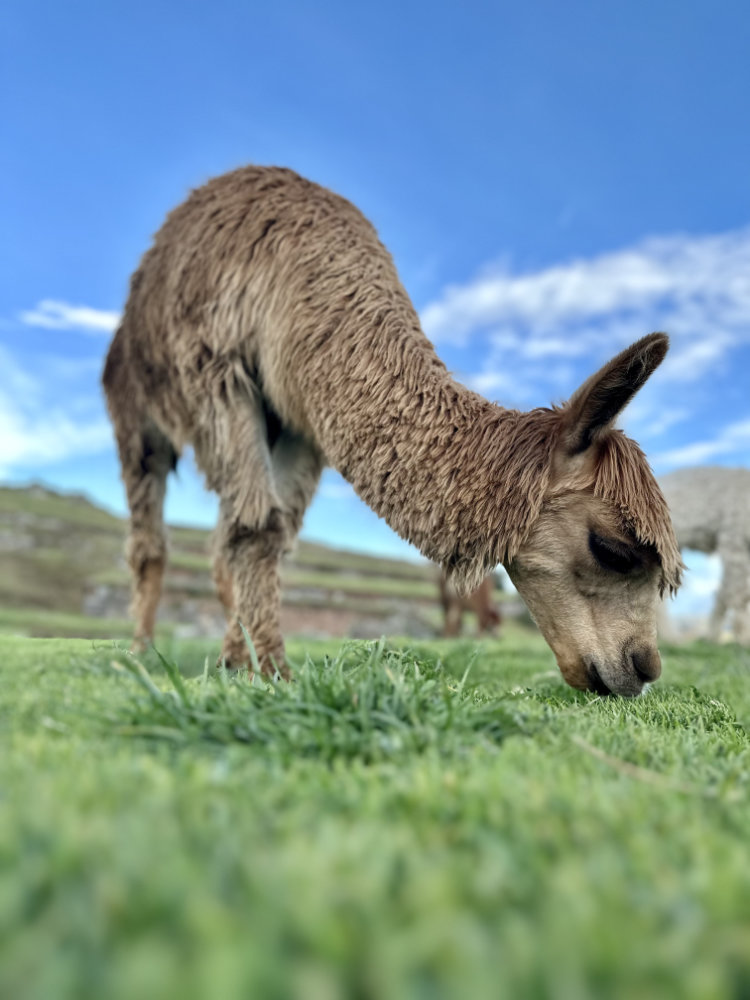
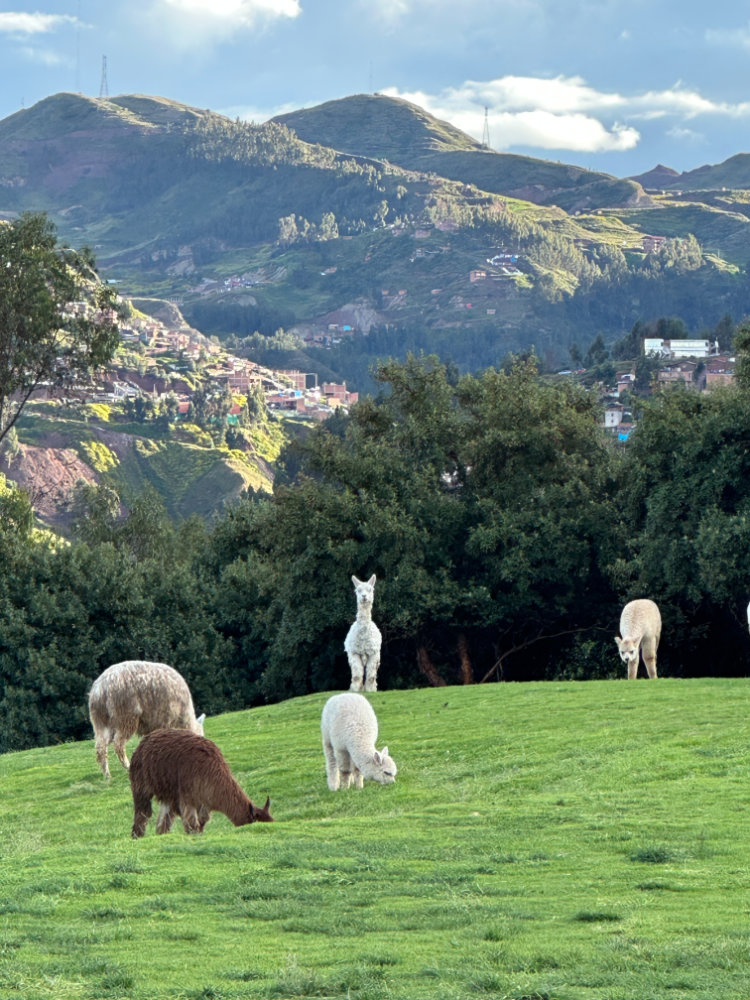
Adventure Beyond the Ruins: Hiking and Nearby Attractions
For those who thirst for a little more adventure, the area surrounding Sacsayhuaman offers plenty of hiking opportunities. One can trek along the original Inca trails that lead to other significant archeological sites like Qenko, Pukapukara, and Tambomachay—all of which provide fascinating insights into Incan architectural styles and their interaction with natural landscapes.
Travel Tips: Planning Your Visit
Best Time to Visit: The best time to experience Cusco and Sacsayhuaman is between May and October during the dry season. This period offers clear blue skies and easier hiking trails, although it’s also the busiest. For a quieter experience, consider visiting during April or November.
Currency: The currency used in Peru is the Sol (PEN). Credit cards are widely accepted in Cusco , but it’s advisable to carry some cash when visiting Sacsayhuaman and surrounding areas.
Altitude Tips: Cusco is situated at a high altitude of 3,399 meters (11,152 feet). It is recommended to acclimatize for a couple of days in the city before exploring Sacsayhuaman to avoid altitude sickness.
Language: The primary language is Spanish, but many locals involved in tourism speak English. Learning a few basic phrases in Spanish could enhance your interaction with the local community.
My visit to Sacsayhuaman was an enriching experience that allowed me to walk through the annals of Incan history and culture. Whether you are a history enthusiast, an adventure seeker, or someone in between, this majestic fortress near Cusco promises a journey that’s both enlightening and invigorating. As I left the shadows of the great walls behind, I carried with me a deeper appreciation for the historically rich tapestry that Peru offers.
